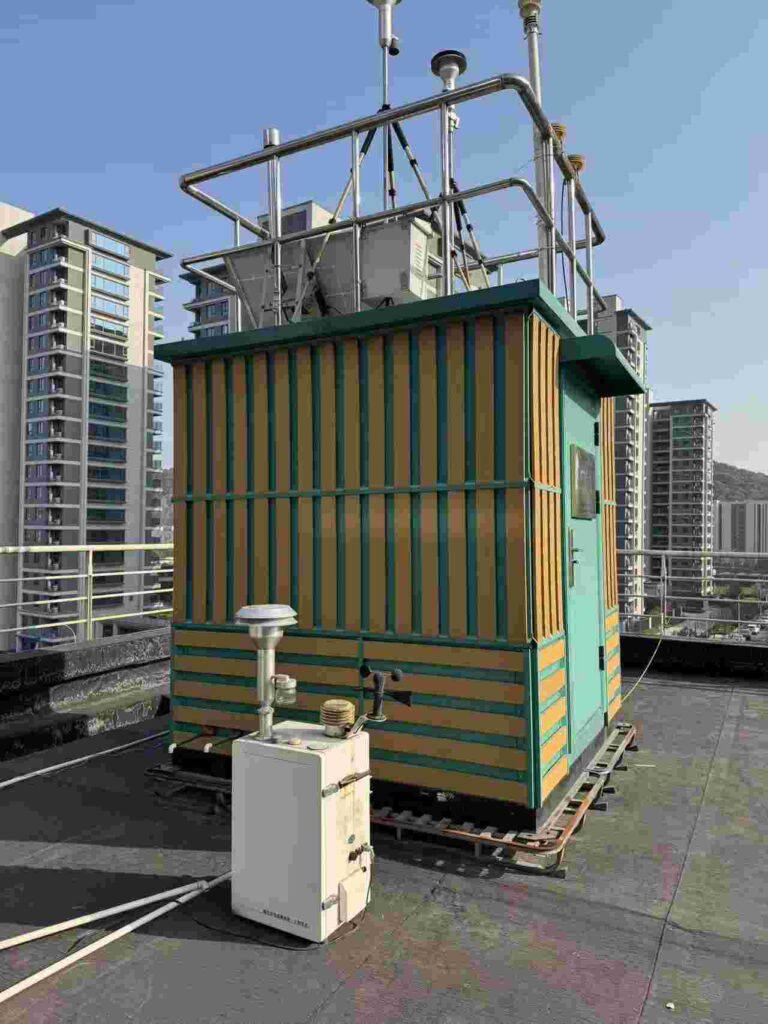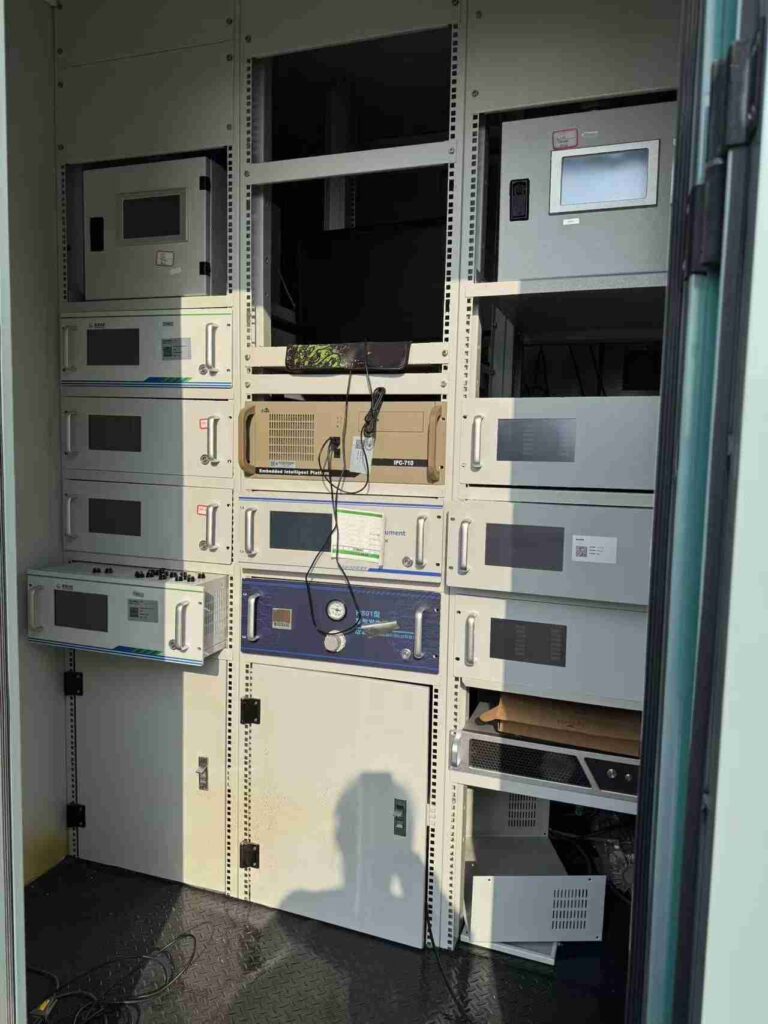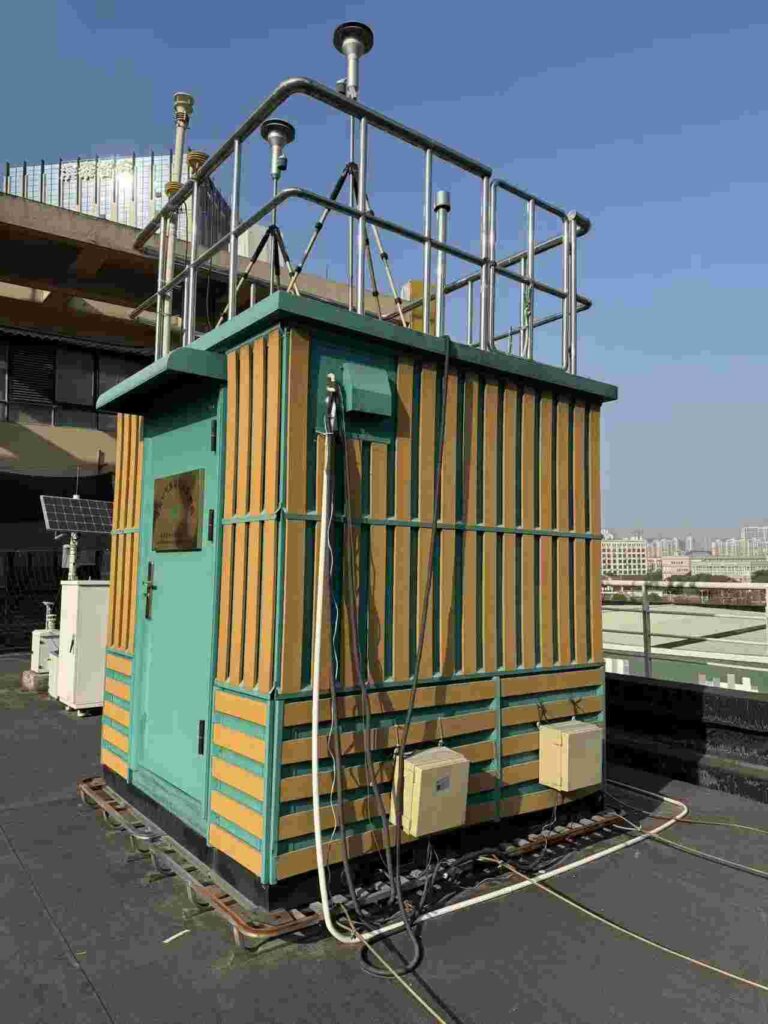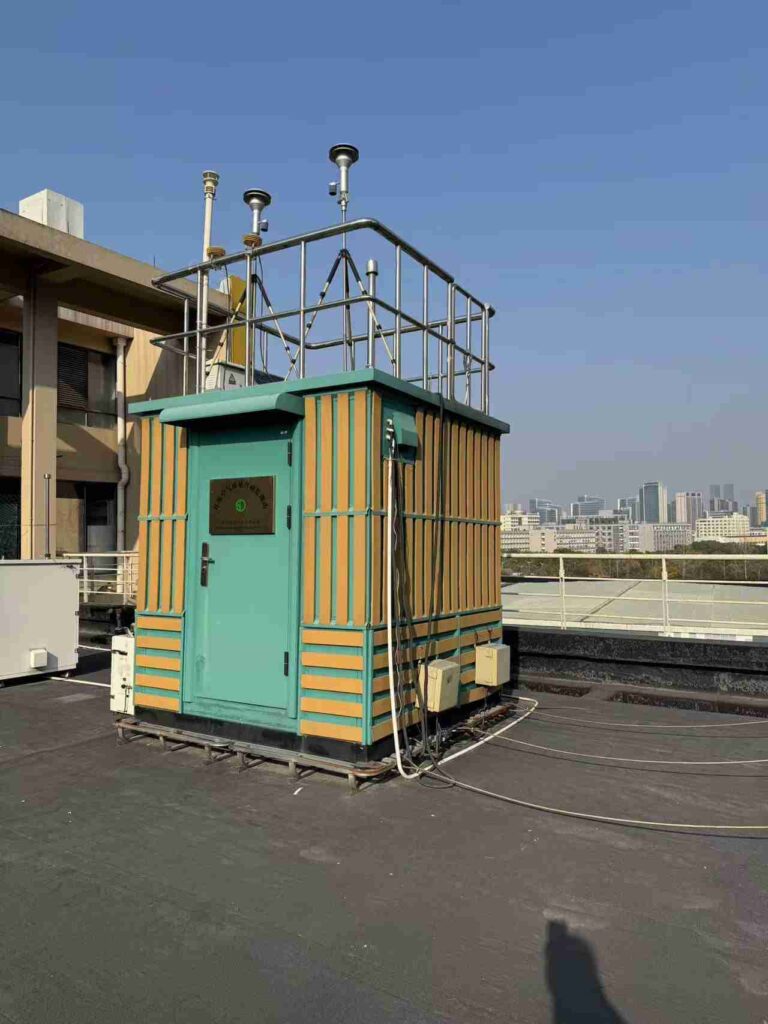Ambient air quality monitoring stations are essential in the fight against air pollution. They provide critical data that informs public health initiatives and shapes environmental policies. By exploring their multifaceted roles, we gain insight into how these stations help manage the negative impacts of air pollution on health.
Identifying Pollution Sources
At the core of their function, ESEGAS ambient air quality monitoring stations systematically collect both quantitative and qualitative data on various air pollutants. This includes particulate matter (PM), nitrogen oxides (NOx), sulfur dioxide (SO2), carbon monoxide (CO), and volatile organic compounds (VOCs). By measuring pollutant concentrations over time and across different locations, they create a detailed picture of air quality in specific areas. This information is invaluable for pinpointing pollution sources. For example, it helps determine whether emissions arise from industrial activities, transportation, or agricultural practices. Understanding these sources is crucial for implementing effective interventions aimed at reducing exposure to harmful pollutants.
Advocating for Policy Changes
The data collected from air quality monitoring stations often serves as a foundation for advocating necessary policy changes. Policymakers rely on accurate information to enforce regulations that limit emissions from various sources. For instance, monitoring results can highlight the need for stricter emissions standards for industries and vehicles or promote the development of green urban spaces. When advocacy efforts succeed, they lead to reduced exposure levels and improved public health outcomes. Real-time data from monitoring systems allows authorities to identify pollution peaks and link them to specific sources like vehicular emissions or industrial processes. Additionally, trends in air quality help assess the effectiveness of public health interventions and illustrate how air quality fluctuates with changing weather conditions.
Supporting Research and Public Health Initiatives
Beyond influencing policy, data from these monitoring stations significantly support scientific research on air pollution and health. Such research deepens our understanding of the connections between air quality and health outcomes, informing public health initiatives. Comprehensive studies examining correlations between pollution levels and health metrics—such as hospital admissions for respiratory illnesses—strengthen the case for ongoing investment in air.
Moreover, these data are essential for conducting health risk assessments. Researchers can design studies to explore links between specific pollutants and various health issues, including respiratory diseases and cardiovascular problems. They can also identify demographics at higher risk due to factors like age or pre-existing health conditions.
Promoting Public Awareness and Community Engagement Raising
public awareness about air quality issues is critical for fostering community engagement. Ambient air quality monitoring stations contribute by providing accessible data that citizens can easily understand and utilize. Many jurisdictions share real-time air quality data through websites and mobile apps, empowering residents to make informed decisions about outdoor activities during high pollution events. Increased awareness often leads to greater participation in community initiatives aimed at reducing pollution, such as tree-planting campaigns or advocating for public transport options. Local governments and health organizations can leverage data from monitoring stations to educate the public about the dangers of air pollution while encouraging community involvement in mitigation strategies.
Conclusion
Ambient air quality monitoring stations are indispensable tools for managing the health impacts of air pollution. Their ability to collect and analyze data enables better identification of pollution sources, informed health risk assessments, effective policy advocacy, and enhanced public engagement. As technology evolves, the relevance of these monitoring systems in public health initiatives and environmental policy development will only grow. Continued investment in top-quality gas measurement products—such as those offered by trusted gas analysis manufacturers—will significantly contribute to protecting human health and improving community well-being. Reliable industrial gas analyzers with accurate detection capabilities are essential for this ongoing effort.
Conferences
- World Health Organization (2021). Air Quality Guidelines: Global Update 2021. Retrieved from: https://www.who.int/news-room/questions-and-answers/item/who-global-air-quality-guidelines
- Nanthapong Chantaraprachoom, Daichi Mochizuki, H. Shimadera, Mui Viet Luong, T. Matsuo, & A. Kondo. (2023). Impact assessment of biomass burning in Southeast Asia to 2019 annual average PM2.5 concentration in Thailand using atmospheric chemical transport model. In E3S Web of Conferences. https://www.semanticscholar.org/paper/4ffeaa28e37a392436fdd40c03d20d9ec5e8fdaf
- Nanthapong Chantaraprachoom, Daichi Mochizuki, H. Shimadera, Mui Viet Luong, T. Matsuo, & A. Kondo. (2023). Impact assessment of biomass burning in Southeast Asia to 2019 annual average PM2.5 concentration in Thailand using atmospheric chemical transport model. In E3S Web of Conferences. Retrieved from: https://www.semanticscholar.org/paper/4ffeaa28e37a392436fdd40c03d20d9ec5e8fdaf
- M. Clemente, M. Corda, & C. Martins. (2024). How ambient NO2 impacts the mortality burden of ischemic heart disease in Portugal (2011-2021)? In The European Journal of Public Health. Retrieved from: https://www.semanticscholar.org/paper/444bbe9a3c5140cf58715c306306ba13cdba6bb9
- Mohammad Shahab Sharifi, Alyas Aslami, H. Zaheb, Imran Abed, Abdul Wahab Shokoori, & Atsushi Yona. (2024). Modeling the Impact of Socio-Economic and Environmental Factors on Air Quality in the City of Kabul. In Sustainability. Retrieved from: https://www.semanticscholar.org/paper/dcf5d583aaec2b3f128e1e2ab25e16b1e9830c36
- South Africa, C. Wright, J. Mostert, & L. V. Niekerk. (2011). Investigating Air Quality and Air-related Complaints in the City of Tshwane,. Retrieved from: https://www.semanticscholar.org/paper/effa35528c90f586dda04c41226a1a02308ea72b
ESESGAS Ambient Air Quality Monitoring Station Takes on Location













